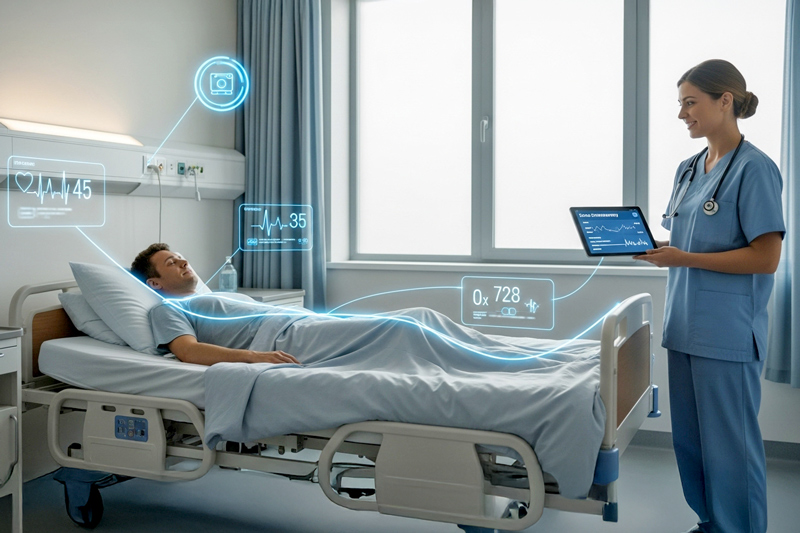As a psychiatrist, I’ve witnessed the fragility of patient safety during a psychiatric crisis. As an attorney who’s defended doctors in malpractice cases, I’ve seen the devastation when safety protocols fail. If I’ve learned one truth from my dual careers, it’s that, in behavioral health, safety isn’t just important; it’s foundational.

Psychiatric units are the “ICU of medicine” – they treat our most acute, vulnerable patients. But while traditional ICUs have evolved with sophisticated monitoring technologies, psychiatric facilities largely rely on the same manual observation protocols they’ve used for decades, creating a critical gap in care delivery. When a patient’s judgment is impaired, it makes safety the fundamental prerequisite for treatment and recovery. While safety in health care has long been guided by the aspiration of zero harm, some question its attainability in behavioral health. However, that debate misses the point. The critical question here isn’t if zero harm is the right goal – it’s how we get there.
The Safety Paradox
Even after admission, a patient’s health remains at risk, requiring vigilant monitoring, typically in the form of 15-minute or even five-minute safety checks. Yet these very protocols, intended to protect, can inadvertently disrupt the healing process. We admit patients to keep them safe, then disrupt their healing by waking them up four times an hour. It’s counterproductive, like treating dehydration with small doses of salt water.
The frequency of safety checks doesn’t just impact the patient; the field has a high staff burnout rate from the constant monitoring. In 2022, 46 percent of health workers felt burned out, up from 32 percent of workers in 2018. Four or more times an hour, these staff members must check on each patient, sometimes 24 beds per technician, documenting each interaction while juggling countless responsibilities. The math simply doesn’t add up. And even with these frequent checks, staff still have no visibility into what’s happening once they leave the room.
This relentless, exhausting cycle drives talented healthcare workers from the field, creating staffing shortages that further compromise safety – the very thing these protocols were designed to ensure. While traditional monitoring protocols create a challenging dichotomy, innovative technologies specifically designed for mental health settings offer a promising path forward.
Developing Technology for Mental Health
Compared to other specialties, psychiatric care has historically been slow to adopt technological innovation – not out of reluctance, but because suitable technologies haven’t been developed specifically for a mental health setting.
This lag is increasingly problematic as mental health assumes a more central role in a patient’s care. Research shows cancer patients with treated psychiatric disorders have better outcomes, and post-heart attack recovery improves dramatically when mental health is addressed. As demands on psychiatric services skyrocket, our technological approaches can’t remain stuck in the past. The modern psychiatric unit needs tools that are both clinically sophisticated and contextually sensitive — technology that supports healing without impeding it.
How Ambient Monitoring Can Transform Care
Ambient monitoring offers a new path forward – one that bridges the gap between safety and healing. Continuously monitoring vital signs, sleep, and movement, allows clinicians to intervene earlier and more precisely, without disrupting the patient. These tools don’t replace human judgment and care, but are complementary, and can empower an already-stretched workforce by providing more complete information to make better informed decisions.
Psychiatric care deserves the same technological innovations that have transformed other medical specialties. As the goal of zero harm guides us, we need to invest in technologies designed specifically for psychiatric care. Technology like ambient monitoring can provide continuous visibility without disruption, meaning that patients can have uninterrupted rest, while enabling staff to monitor risk indicators continuously and noninvasively. Ambient monitoring offers a low risk, exponentially higher reward compared to traditional rounding.
Through innovation, we can transform mental health care from an industry that’s been playing catch-up to one that’s leading the way in patient-centered care.
Michael V. Genovese, MD, JD, is Chief Medical Officer of Behavioral Health at Access TeleCare. For media inquiries, please contact enetherland@crosscutstrategies.com or by phone at (423) 300-1103.




